During the 10 days I spent in Prague, it is only sleeping that I spent more time than in the National Gallery. I was in it or around it every day: twice for massive openings, 3 times to meet people in the café (apparently the art world generally meets there), a couple of times to hide from the rain or cold, and at least 4 times to visit exhibitions or the permanent collection. The six-storey former industrial pavilion is home to a vibrant Czech and foreign art collection and to various events featuring young or very established local and international artists. Clearly, no Romanian institution stands the comparison.
I will try and mark some highlights. Perhaps counter-intuitively, I would like to start with a work whose meaning today would be interesting to decide – Alfons Mucha’s “Slav Epic”. A roomful of monumental paintings depicting episodes of myth or glory in the history of the Slavs, executed in a rather modern fashion – flat, decorative – yet not stepping very far from the great genre of historical painting in terms of realism, drama and sophisticated references. I was taken aback to observe the effects of such painting on my very own emotions – it would be fair to say my heart was rushing a bit thinking of the great deeds my so-called ancestors had done, especially as many of them were literally staring at me from the huge canvases – and felt in an almost educational manner how art, even very traditional one, or especially traditional one, could effectively be used for mass manipulation. Nationalism is one powerful set of images and symbols, which can easily offer a coherent and convincing discourse, especially when supported by classical means of representation.
On a lighter note, I should briefly speak about the new encounter with Jiří Kovanda’s work, this time under the auspices of his collaborative pieces. The show stood out as beautiful and coherent even during the over-crowded preview, and walking through it on my own I knew it was the tone, the humor of these pieces that managed to make them communicable, easy to swallow and then digest in peace. Over coffee with the artist, the aspect of humor came up – I think I marked this category in my worldview even more clearly since encountering his work this summer at MNAC – in order to set a distinction between those artists whose work I believe in and those whose work isn’t able to convince me. I was actually explaining to Kovanda how I found it difficult to understand the works from the Jindřich Chalupecký award since for me they lacked humor. This award is given each year to the best young artist in the Czech Republic, and this year’s show will be the subject of one of my next texts.
Coming back to humor, perhaps this should explain that the only work I truly remember from the entire museum is the series of videos I watched over and over laughing loudly by myself: Hannah Anbert’s “Sacred Work”, one of the finalist pieces in the Startpoint Prize, featuring 3 karaoke screens and costumes for a performance, of which a filmed version was also in the space. This performance was simply of young people singing new lyrics to melodies of pop hymns such as Whitney Houston’s “I will always love you” – but the new lyrics were nothing less than sharp, witty comments about the labor market, about how we sell our soul to our office, get scammed by our bosses and love it. Here’s a taste of the lyrics for “Euphoria”, an iconic pop song by Loreen:
How come than money suddenly exists?
Today, today its value no one will dismiss
made by evolution such as claimed by Smith?
Or say, is bartering another useful myth?
Did liquid assets gain their value just by chance?
Or have those taxes states demand made it al u-u-u-u-u-u-u-u-up?
Economy, forever, till the end of time
now wait a sec I must deny it’s going u-u-u-u-u-u-up
etc.
I think it’s all pretty clear, no need to explain neither the humor nor the philosophy behind it. I was happy to learn she won the award. The display however I could have nearly missed if it weren’t for a friend who had attended the opening performance – really, 6 storeys of art is more than even an art critic set out to explore can take.
This trip was made possible thanks to the generous support of the Czech Centre in Bucharest.
POSTED BY
Cristina Bogdan
Founder and editor-in-chief, between 2014-19, of the online edition of Revista ARTA. Co-founder of East Art Mags, a network of contemporary art magazines from eastern and Central Europe. Runs ODD, a s...
www.evenweb.org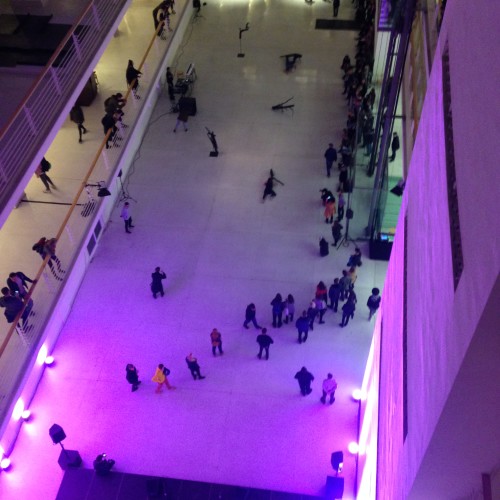
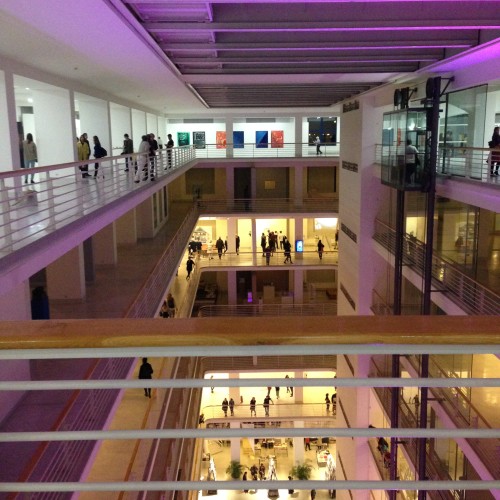
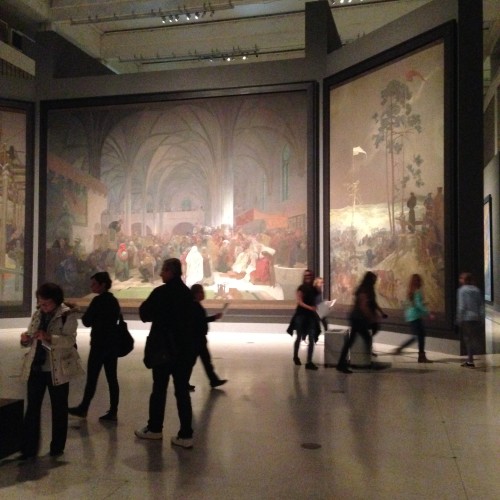
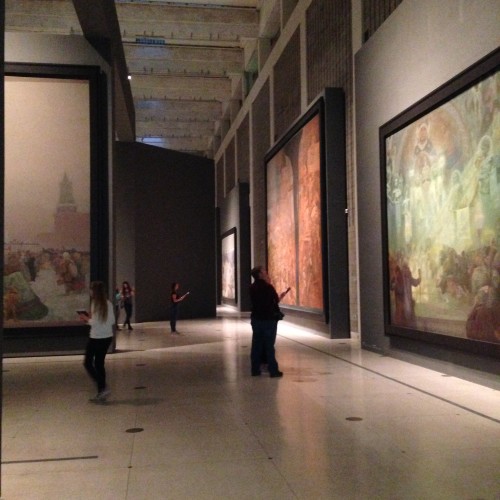
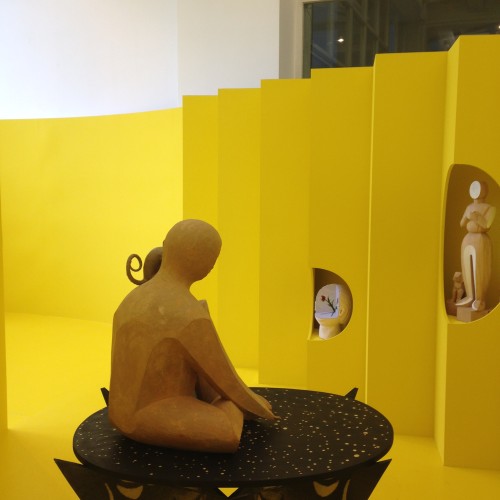
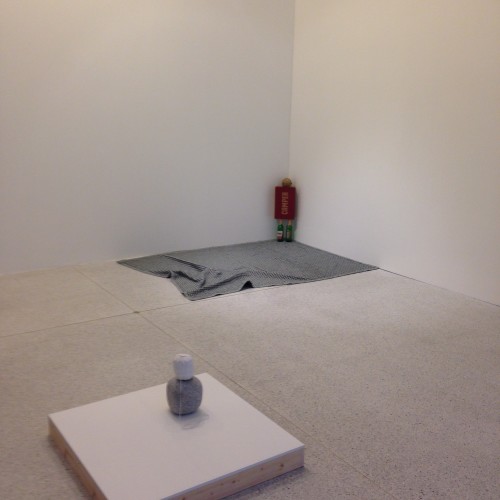

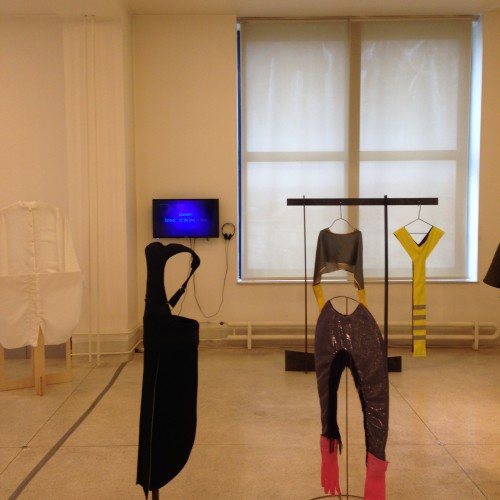
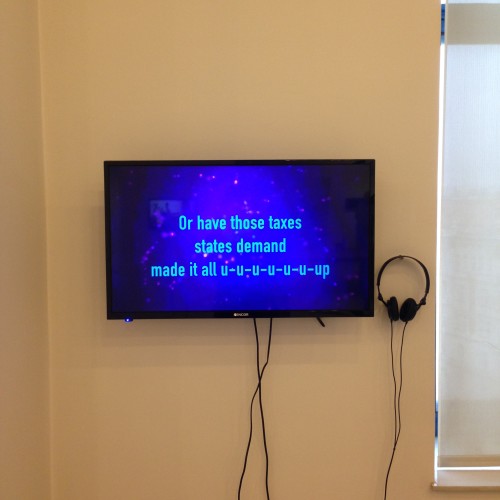
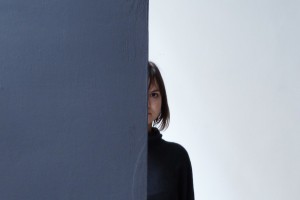
Comments are closed here.